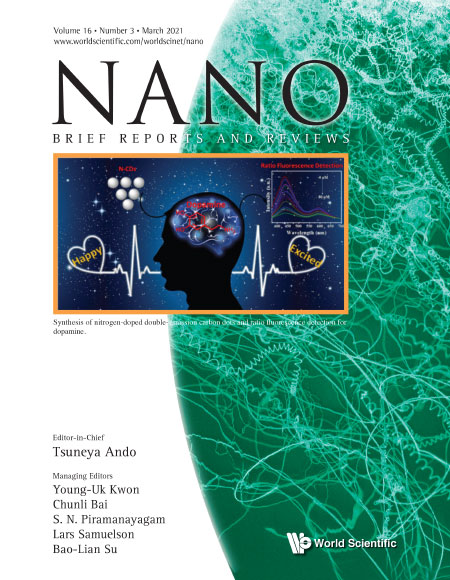Zinc-Doped Carbon Dots as Effective Blue-Light-Activated Antibacterial Agent
Abstract
In view of the emergence and infection of drug-resistant bacteria, it is of great significance to develop new antibacterial materials. Carbon dots (CDs), which are carbon nanoparticles with surface passivation of abundant functional groups, have photoluminescent and photocatalytic properties like conventional nanoscale semiconductors but with low toxicity and good biocompatibility. This study was designed to investigate the antimicrobial effects of zinc-doped carbon dots (Zn-CDs) in combination with blue light. Analysis of conducted antibacterial tests on Staphylococcus aureus (S. aureus) and Streptococcus mutans (S. mutans) showed the bactericidal effect of reactive oxygen species (ROS) which was produced by excited Zn-CDs by 10min excitation of blue light. In addition, we also explored the cell cytotoxicity of Zn-CDs. This work indicated that the Zn-CDs not only were low cytotoxicity with the 80% of the relative increment rate of cells, but possessed the capability of photo-induced inhibition of bacteria growth and biofilm formation. Therefore, the CDs have great potential in serving as a new kind of photocatalyst, which can be applied to the photodynamic antibacterial treatment for reducing the possibilities of the development of microbial resistances.



